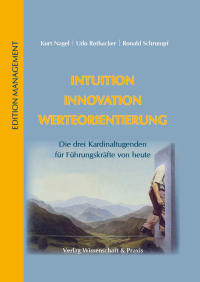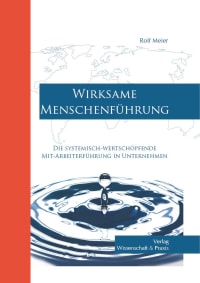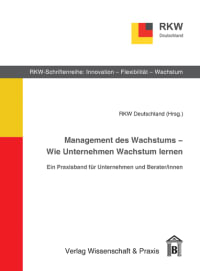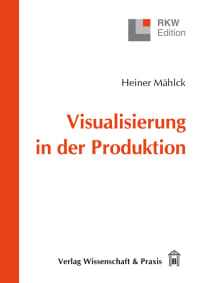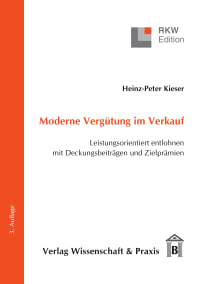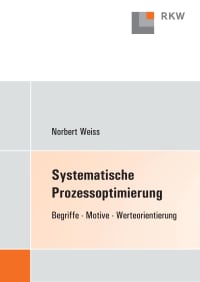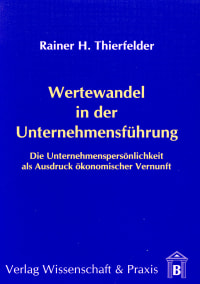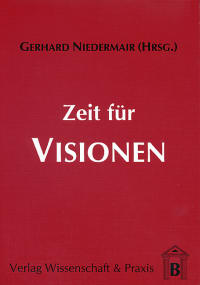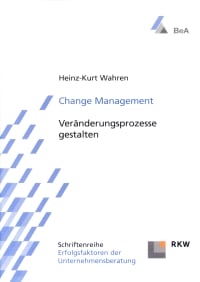Theorie – Empirie – Entwicklung
Description
»Leadership and Motivation in and after World Economic Crises. Theory – Empirie – Development«
Three economic crises have shaken the world since 1857. The impacts of the most recent crisis in 2007 will be felt for years to come. Despite the large amount of time between the crises, they are caused by similar behaviour patterns and circumstances, which means the causes are deeply rooted. Surface polishes for tackling them are therefore counterproductive and are more likely to be the seed of further doom.
The main triggers of the 2007 crisis were neoliberal ideas. Since around 1975, they have been giving rise to fatal developments that have led to global disasters. Complexity, irrationality, insecurity, reorientation, enormous and increasingly rapid changes – i.e. risks and opportunities – are shaping crisis management worldwide in social, political, macro- and microeconomic terms. All players face significant challenges both in terms of learning and organisation.
The far-reaching and multifaceted fields of leadership and motivation require new paradigms as guidelines for practical action – on a large and small scale. The main part of the work is a discussion of decisive and application-oriented approaches to modern personnel and management work.
Overview
1. Einführung
Weltwirtschaftskrise 1857–1859 – Weltwirtschaftskrise 1928–1932 – Weltwirtschaftskrise ab 2007 – Résumé
2. Führungs- und Unternehmensleitbild
3. Wandel des Führungsstils
4. Mythen, Realitäten und Rollen zur Führung nach H. Mintzberg
5. Qualitätselemente der Führung
6. Spannungsfelder einer Führungskraft
7. Begriffsbildung der »Führung«
8. Mitarbeiterbezogene Führungsaufgaben
9. Führungselemente
Zielsetzung – Information und Kommunikation – Delegation – Kontrolle – Autorität – Motivation – Sensitivität – Konfliktlösung
10. Mitarbeiterentwicklung
11. Mitarbeiterbedürfnisse
12. Profile für zeitgemäße Führungsarbeit
13. Führungsmodelle
Literatur- und Quellenverzeichnis
Personen- und Stichwortverzeichnis



